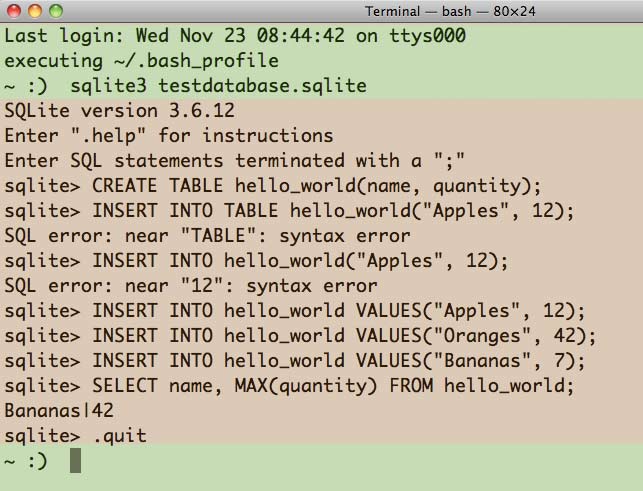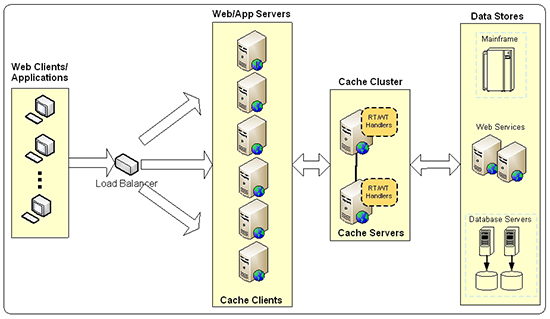

- #Reading and writing data in db sqlite ios how to
- #Reading and writing data in db sqlite ios software
- #Reading and writing data in db sqlite ios code
This means it will only execute when you explicitly invoke the execution by clicking the Play button. Long-click the Play button at the bottom and notice that your playground runs manually instead of automatically:
#Reading and writing data in db sqlite ios code
This binary contains all the functionality for the SQLite code you’ll write in this tutorial. Note: The project is in an Xcode workspace because it uses the SQLite3 dependency as an embedded binary. This will give you a basic understanding of how underlying frameworks work within a wrapper. :]įinally, you’ll briefly learn about the popular open-source Swift wrapper SQLite.swift. This will let you write abstraction APIs for your apps and avoid working with the more complicated SQLite C APIs.
#Reading and writing data in db sqlite ios how to
In this SQLite with Swift tutorial, you’ll learn how to perform the following database operations:Īfter learning how to perform these fundamental operations, you’ll see how to wrap them in a Swift-like manner. Core Data is just a layer on top of SQLite that provides a more convenient API. In fact, if you’ve used Core Data before, you’ve already used SQLite. But how do you store those structures efficiently?įortunately, some great minds have developed solutions for storing structured data in databases and writing language features to access that data. Often, this comes in the form of data structures.

#Reading and writing data in db sqlite ios software
In software development, it doesn’t take long before you need to persist app data. If(!databasePath.getParentFile().Update note: Adam Rush updated this tutorial to Xcode 11, iOS 13 and Swift 5. Let’s use these two options together: File databasePath = getDatabasePath("my_database1") The second one is supported since API 11 and it is a little bit less efficient since it switches already created SQLiteDatabase object to WAL mode via SQLiteDatabase.enableWriteAheadLogging() method. The first one works for API 16 and above, it uses SQLiteDatabase.ENABLE_WRITE_AHEAD_LOGGING flag in SQLiteDatabase.openDatabase() method. There are two ways of how to enable Write-Ahead log.

When another thread wants to read from database, it simply remembers the last commit record in WAL file and ignore anything behind it for this one reading session. Commit is simply written to WAL file as another record. In this approach anyone can read from main database file while someone else is writing to Write-Ahead log.īecause Write-Ahead log is merged back in bulk, many transactions can appear in it. This happens automatically and this operation is called checkpointing. It simply writes changes to WAL file and later moves them to main database file. Don’t hesitate to enable it even if you don’t need a parallel read and write.

To be honest, it is much more better in almost all real-world use-cases. Solution is to switch to Write-Ahead Log which works much better for our purposes. Now we know the show-stopper is rollback journal. This is why we cannot read when other thread is writing – you would read uncommitted and potentially inconsistent data from main database file. In case of rollback, all records from rollback journal are restored back to main file. On commit main database file is already modified, so SQLite only delete rollback journal file and transaction is persisted. Then it writes changes directly in main database file and original records are moved to rollback journal. When a thread wants to write into a database, it needs to lock the database file with EXCLUSIVE a lock to avoid any concurrent reads or writes. Let me explain briefly how rollback journal works. Before digging deeper, let me remind you that every writing to SQLite has to be done in transaction, even if implicit or explicit. These are mechanisms ensuring atomic commit and rollback in transactions. Simultaneous read-write is in joogar enabled by default as well as many other cool features 🙂įor more details and example of implementation without joogar continue reading … Why we cannot read when writing in transaction The simplest way to read in parallel with writing transaction is to use our ORM joogar. Unfortunately, simultaneous writing from more than one thread is not allowed. This article show you how to have one writing thread and many reading threads at the same time. For example, you want to sync data in background with transaction opened and allow user to browse data in UI at the same time. In many situations you need to read from SQLite database and write to it simultaneously.


 0 kommentar(er)
0 kommentar(er)
